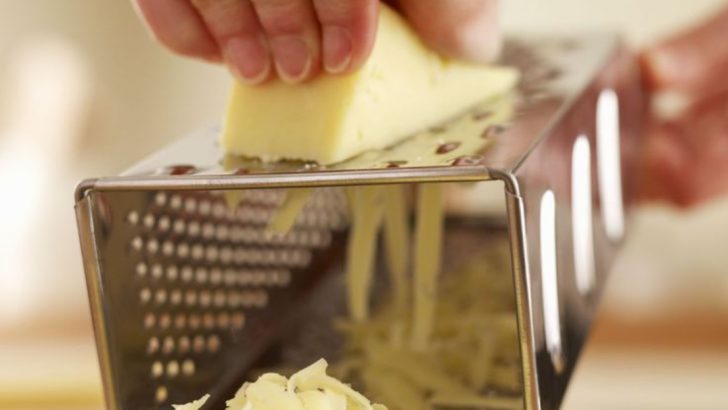Even the most fearless chefs draw the line somewhere. Whether they’ve trained in Michelin-starred kitchens or grown up steeped in flavor tradition, most professionals carry strong opinions about certain foods.
Some ingredients are simply too processed, too dull, or too gimmicky to earn a spot in a serious kitchen. Others inspire real discomfort, whether due to texture, sourcing, or sheer artificiality.
This list dives into 15 items many chefs quietly avoid—and 5 that actively make their skin crawl.
1. Pre-Shredded Cheese
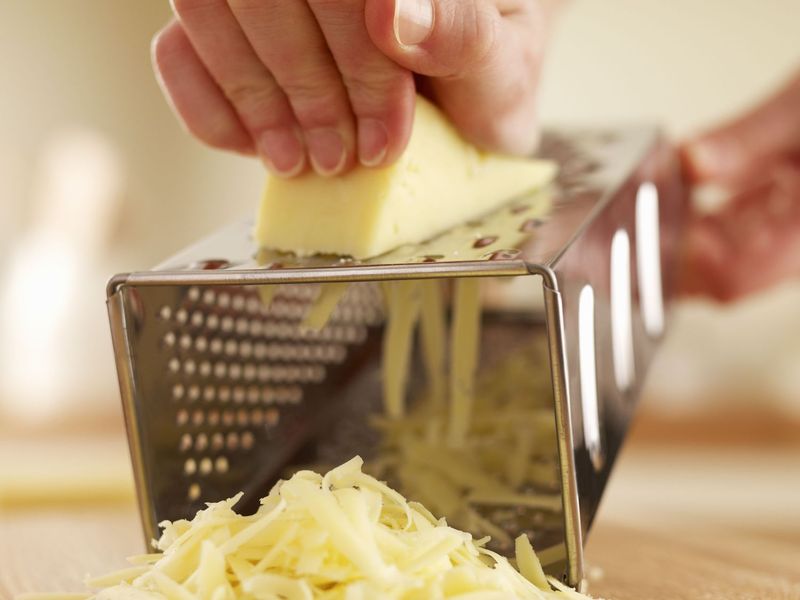
A time-saver in home kitchens, bagged shredded cheese often includes anti-caking agents and starches that compromise flavor and melt. The result is a dry, powdery texture and a limp melt that just doesn’t satisfy.
What chefs want is moisture, stretch, and flavor—and freshly shredded cheese delivers all three. Grabbing a grater may take longer, but in culinary circles, pre-shredded is seen as a shortcut with a real cost.
2. Truffle Oil
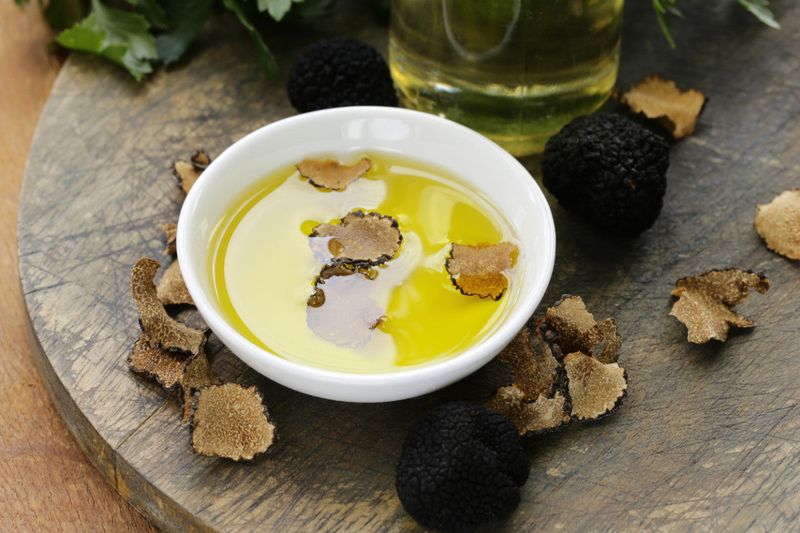
Once seen as a luxury, truffle oil is now more cautionary tale than chef’s secret. Most versions contain no actual truffle—just synthetic aroma compounds meant to mimic the earthy depth of the real thing.
Instead of elegance, it delivers a loud, one-dimensional flavor that overpowers delicate dishes. It’s the perfume of the food world: strong, unmistakable, and often overused.
3. Tilapia
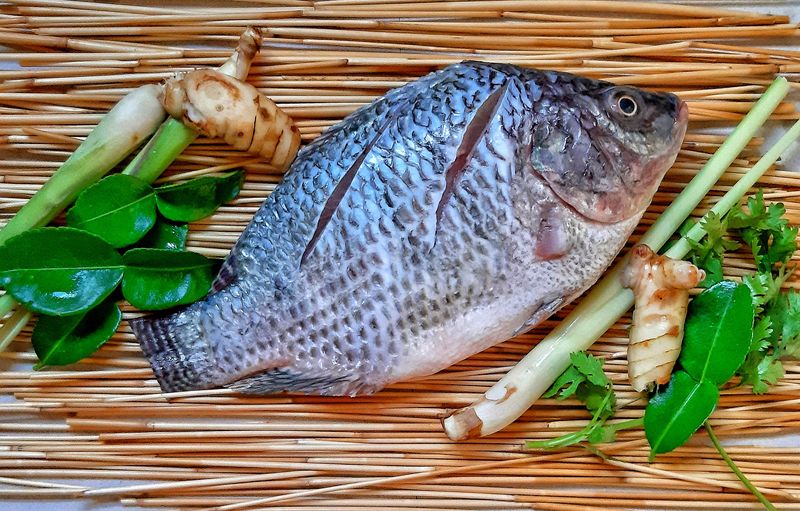
Tilapia has become a staple of mass-market fish counters, but chefs often steer clear. The flavor is too mild to be memorable, and many worry about farming conditions, feed quality, and sustainability.
Its texture can be mushy, and it lacks the character of wild or responsibly farmed fish. With better options widely available, tilapia rarely wins a spot on professional menus.
4. Well-Done Steak
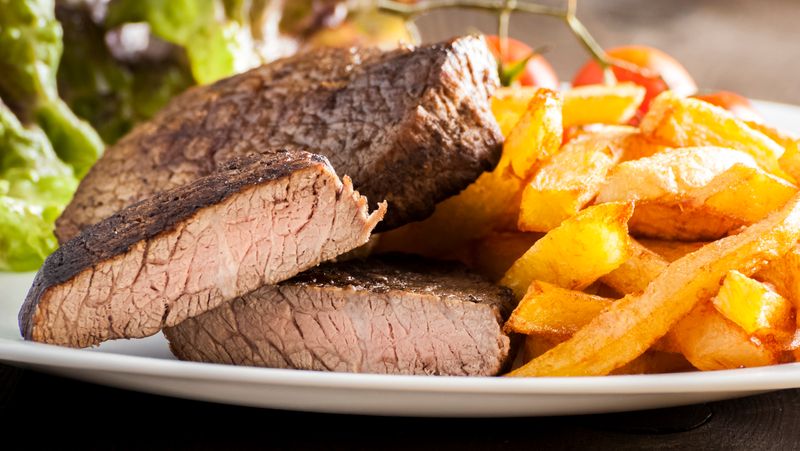
For chefs, overcooking a good cut of beef feels like a small tragedy. Once all the pink is gone, so is the moisture, tenderness, and natural flavor. What’s left is dry, chewy, and one-dimensional.
Many chefs will still honor the request—but they do it reluctantly. To them, it’s like erasing a beautiful painting with a gray marker.
5. Imitation Crab

Known as surimi, imitation crab is made from pulverized white fish blended with starches, sugars, and flavorings to mimic the real thing. The taste is faint, the texture oddly springy.
It’s a far cry from sweet, briny lump crab meat. Chefs prefer authenticity, and this product often feels more like fast food filler than seafood delicacy.
6. Canned Mushrooms

Packed in salty liquid and stored on shelves for months, canned mushrooms lose the earthy, meaty bite that fresh varieties bring. Their texture turns rubbery, and their flavor goes flat.
Even sautéing can’t revive them. With fresh mushrooms available year-round, most chefs consider the canned version a last resort.
7. Farmed Salmon
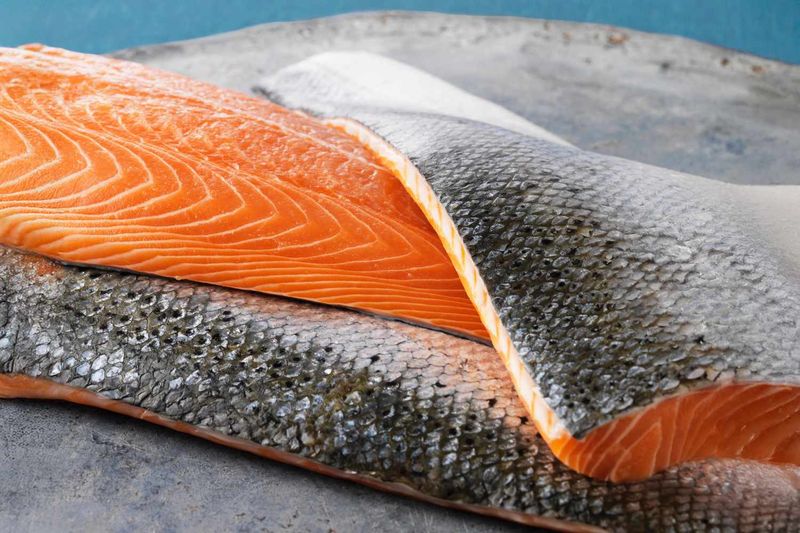
Many chefs are wary of standard farmed salmon due to concerns over flavor, feed quality, and environmental impact. The flesh can be pale, fatty in the wrong way, and artificially dyed to look more appealing.
They favor wild-caught salmon, which tends to be leaner, brighter, and more flavorful. For a dish that’s often served center stage, quality counts—and farmed just doesn’t deliver.
8. White Chocolate
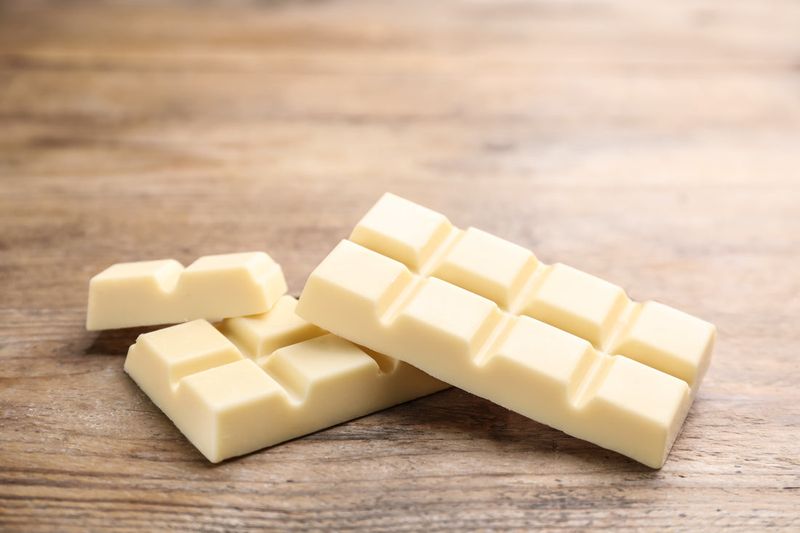
Lacking cocoa solids, white chocolate isn’t technically chocolate at all. It’s a blend of cocoa butter, milk solids, and sugar that tastes rich but often sickly sweet.
Many chefs find it cloying and hard to balance. While it can work in the right hands, most professionals gravitate toward darker, more complex alternatives.
9. Margarine
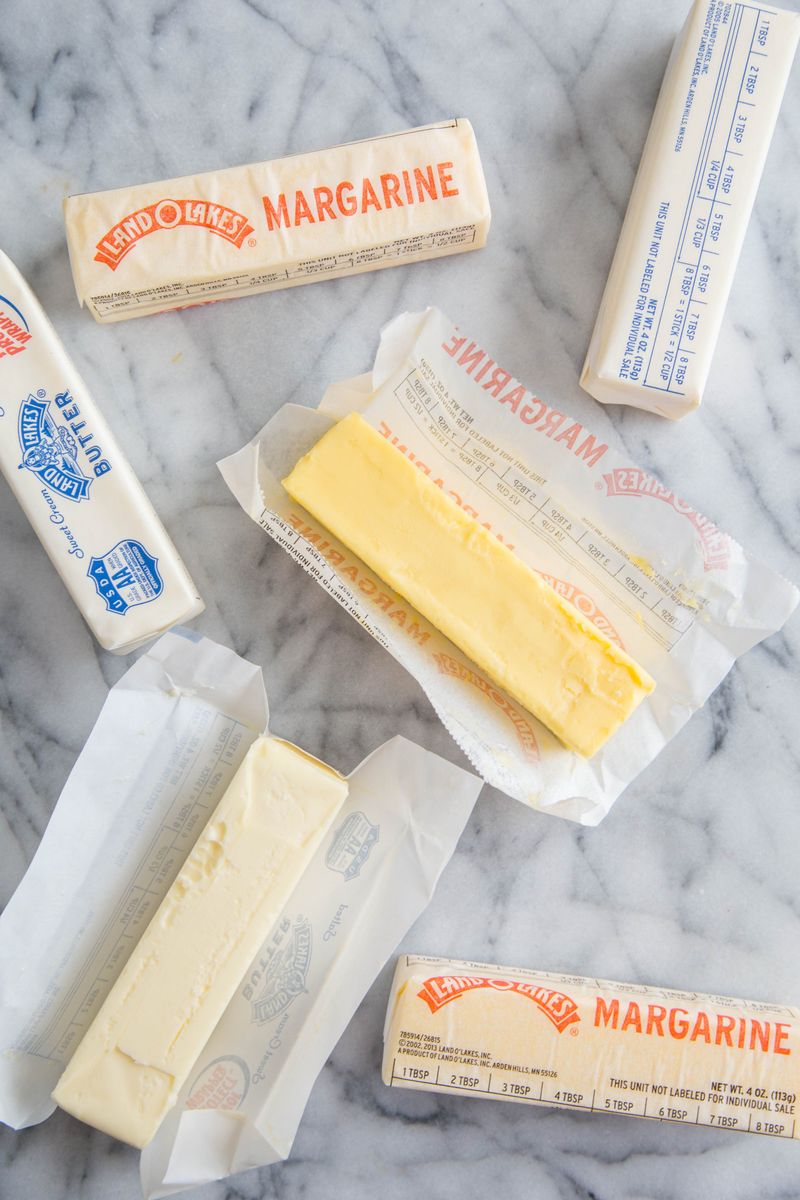
Originally marketed as a healthier butter alternative, margarine is made from hydrogenated oils, emulsifiers, and artificial flavors. Its taste is flat, and its texture lacks the creamy finish real butter offers.
Chefs reject it not just for health reasons, but for flavor integrity. In baking, sauces, and sautés, butter brings complexity that margarine just can’t fake.
10. Bottled Lemon Juice
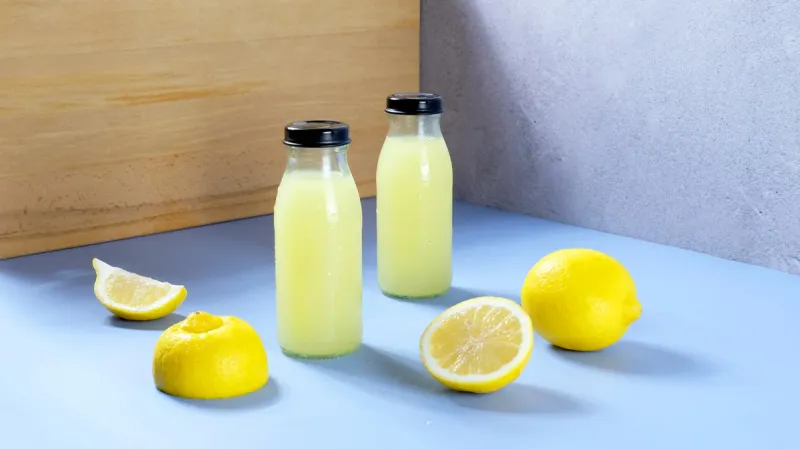
Shelf-stable lemon juice is a pale imitation of fresh citrus. It lacks volatile oils, tastes muted, and often carries a bitter or metallic note from preservatives.
Chefs rely on the freshness of real lemons for brightness, balance, and aroma. The bottled stuff gets passed over every time.
11. Artificial Sweeteners
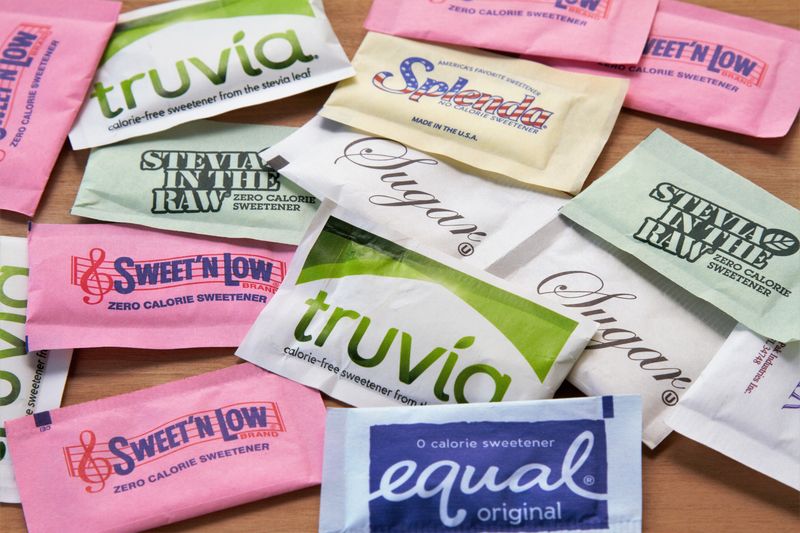
Aspartame, saccharin, sucralose—these chemical sugar substitutes offer sweetness without calories, but often bring a bitter aftertaste and unnatural finish. Chefs find them disruptive in otherwise carefully balanced dishes.
Many avoid them altogether, preferring natural sweeteners like honey, maple, or fruit purées. For chefs, flavor comes first—and artificial never wins.
12. Fast Food Burgers
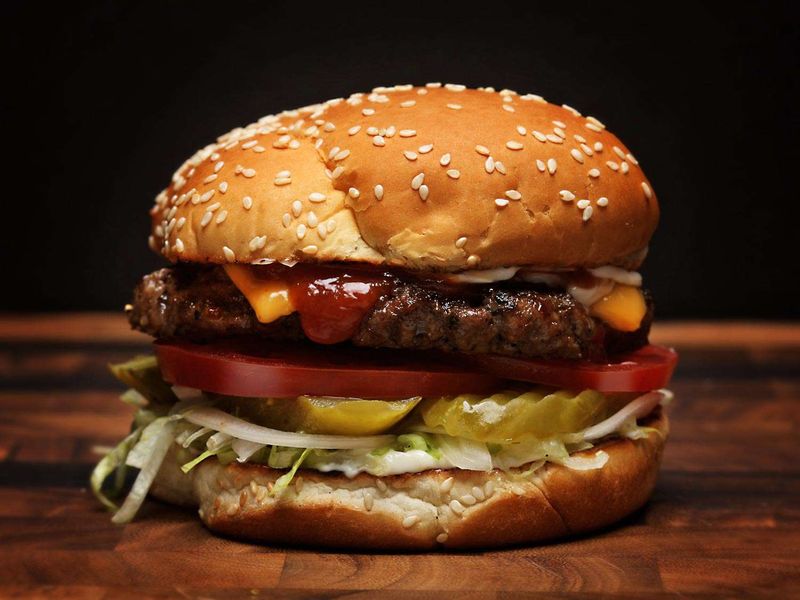
While some fast food chains are stepping up quality, many still use highly processed meat blends that leave chefs skeptical. The patties are thin, overly salted, and too uniform to feel honest.
Chefs value traceable meat and proper searing techniques. A burger should drip with character—not mystery oil.
13. Jarred Garlic

Preserved in oil or water, jarred garlic loses its pungency and turns musty, even sour. Its aroma lacks the crisp, spicy brightness of a freshly smashed clove.
Chefs treat garlic like a sacred ingredient—and this version feels like a betrayal. In their eyes, chopping it fresh is always worth the extra minute.
14. American Cheese Slices
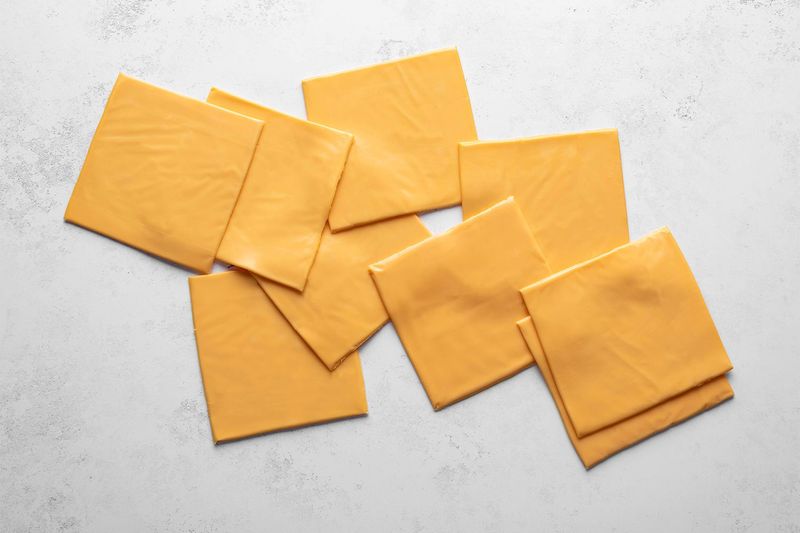
These processed singles melt smoothly but are often made with dairy byproducts, emulsifiers, and coloring agents. The flavor is bland, the texture oddly elastic.
While some chefs may use them ironically in retro dishes, most leave them off the cheese board altogether. When it comes to cheese, real wins every time.
15. Instant Mashed Potatoes
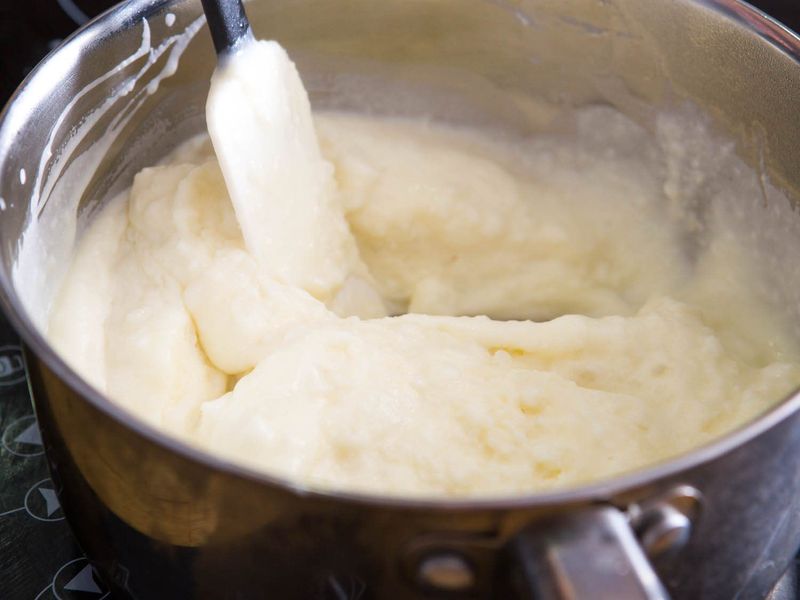
Dehydrated flakes and powdered blends just don’t compare to hand-mashed spuds. The flavor is bland, the texture gluey, and the finish oddly metallic.
Chefs prize the art of seasoning and mashing potatoes by hand. Instant mixes feel like a shortcut that leaves the soul out of the side dish.
16. Surströmming
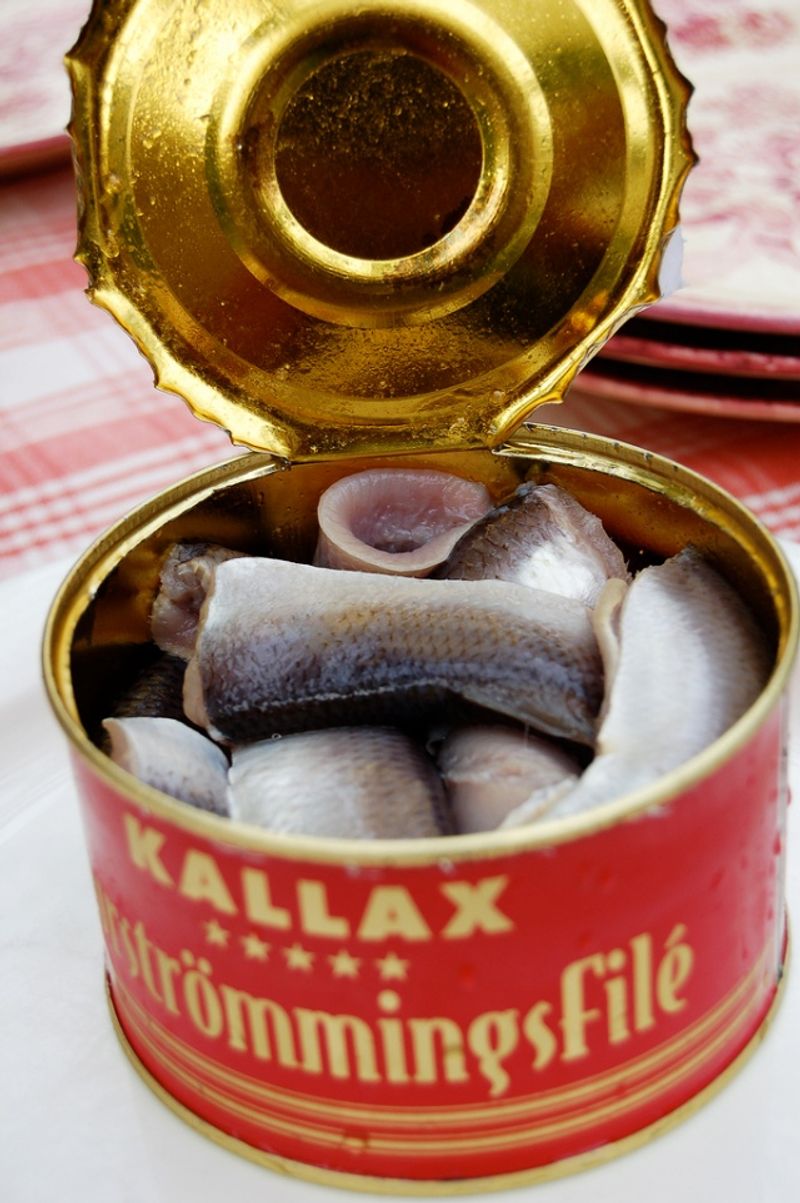
This Swedish fermented herring is so pungent it’s been banned on some airlines. The can bulges with gas, and opening it releases a wave of sulfur and brine.
Even adventurous chefs often tap out at the smell. Its reputation as the world’s stinkiest food isn’t exaggerated—it’s earned.
17. Canned Spaghetti
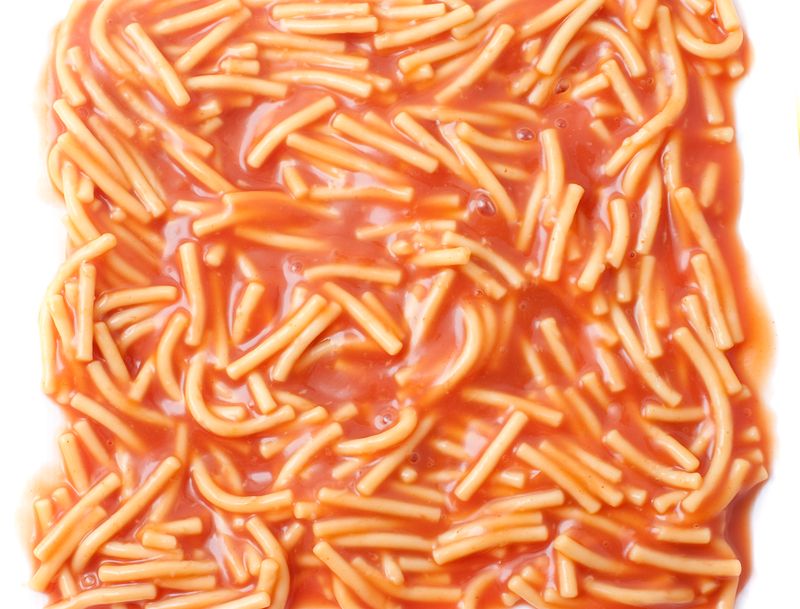
Overcooked noodles swim in syrupy tomato sauce, creating a dish that feels more like baby food than Italian classic. There’s little structure, no seasoning balance.
For chefs who’ve spent years perfecting al dente pasta, canned spaghetti is a culinary heartbreak. It’s nostalgia, perhaps—but not food worth repeating.
18. Hot Dogs (Low-Quality)
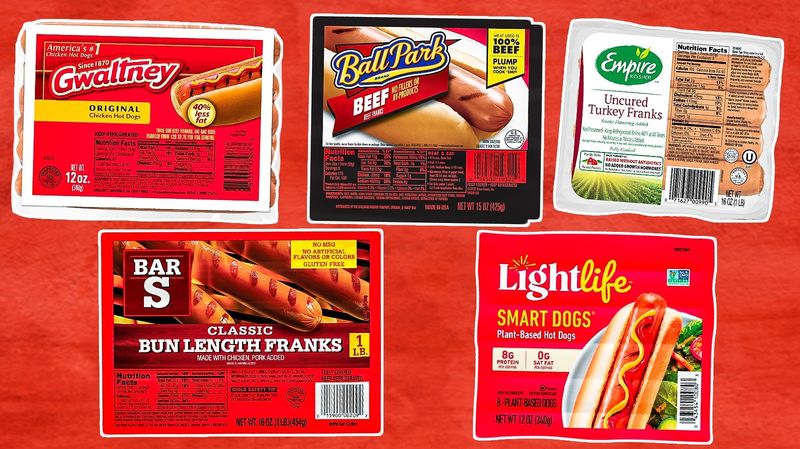
Made with meat trimmings, fillers, and preservatives, cheap hot dogs blur the line between food and science experiment. They often lack the snap and savory depth that define a good sausage.
Chefs might enjoy artisanal or heritage dogs, but the bottom-shelf version? That’s a bite too far.
19. Aspic (Meat Jelly)
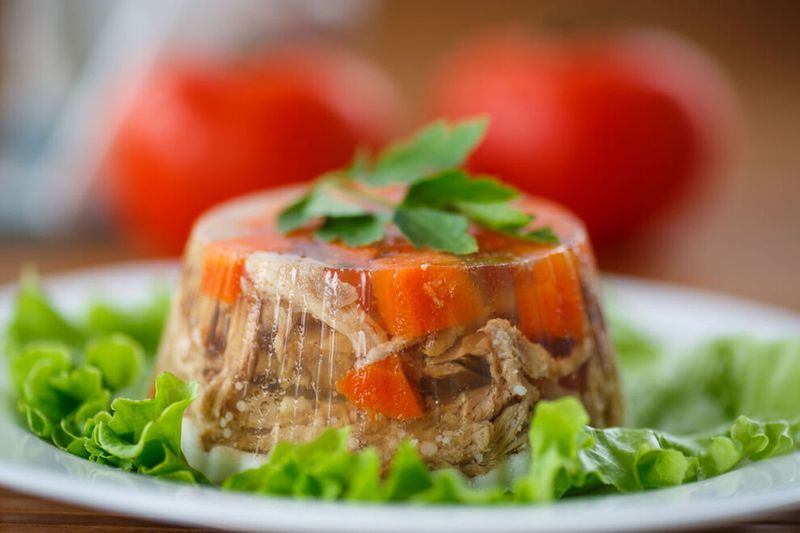
This retro dish suspends meats, eggs, or vegetables in gelatin made from stock or broth. The visual alone can be unsettling: cold, jiggling slabs of savory jelly.
Even when made well, its texture throws off modern palates. To many chefs, aspic feels like edible history—and best left there.
20. Chicken Nuggets (Frozen, Mass-Produced)

Often shaped from processed meat paste and thick breading, mass-market nuggets are more filler than fowl. They’re heavily seasoned to hide blandness.
Chefs know how good chicken can be when treated right. These nuggets miss every mark: texture, flavor, and ingredient integrity.

